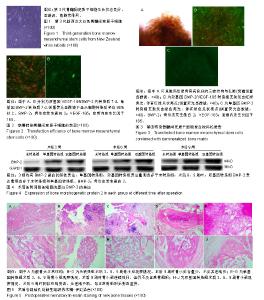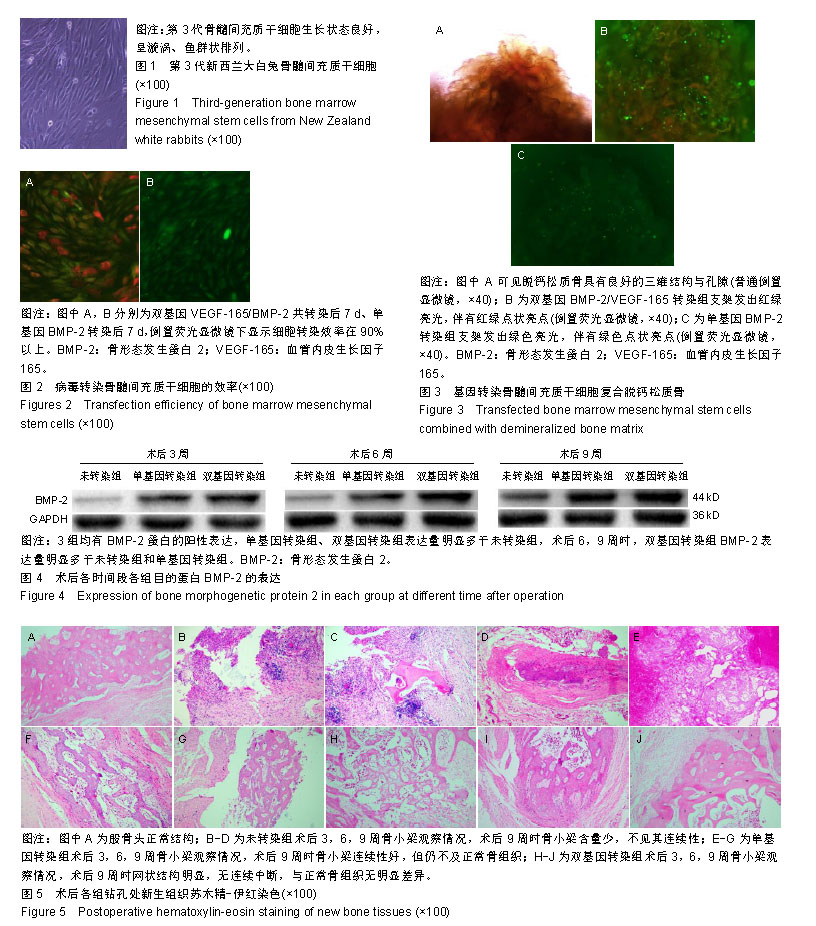| [1]Grayson WL, Bunnell BA, Martin E, et al. Stromal cells and stem cells in clinical bone regeneration. Nat Rev Endocrinol. 2015;11(3):140-150.[2]Zalavras CG, Lieberman JR. Osteonecrosis of the femoral head: evaluation and treatment. J Am Acad Orthop Surg. 2014;22(7): 455-464.[3]Zhai L, Sun N, Zhang B, et al. Effects of Focused Extracorporeal Shock Waves on Bone Marrow Mesenchymal Stem Cells in Patients with Avascular Necrosis of the Femoral Head. Ultrasound Med Biol. 2016;42(3):753-762.[4]Yan SG, Huang LY, Cai XZ. Low-intensity pulsed ultrasound: a potential non-invasive therapy for femoral head osteonecrosis. Med Hypotheses. 2011;76(1):4-7.[5]Lozano-Calderon SA, Colman MW, Raskin KA, et al. Use of bisphosphonates in orthopedic surgery: pearls and pitfalls. Orthop Clin North Am. 2014;45(3):403-416.[6]Klumpp R, Trevisan C. Aseptic osteonecrosis of the hip in the adult: current evidence on conservative treatment. Clin Cases Miner Bone Metab. 2015;12(Suppl 1):39-42.[7]Dion NT, Bragdon C, Muratoglu O, et al. Durability of highly cross-linked polyethylene in total hip and total knee arthroplasty. Orthop Clin North Am. 2015;46(3):321-327.[8]Smith AJ, Dieppe P, Howard PW, et al. Failure rates of metal-on-metal hip resurfacings: analysis of data from the National Joint Registry for England and Wales. Lancet. 2012;380(9855):1759-1766.[9]Del Pozo JL, Patel R. Clinical practice. Infection associated with prosthetic joints. N Engl J Med. 2009;361(8):787-794.[10]Ravi B, Pincus D, Wasserstein D, et al. Association of Overlapping Surgery With Increased Risk for Complications Following Hip Surgery: A Population-Based, Matched Cohort Study. JAMA Intern Med. 2018; 178(1):75-83.[11]Kim SC, Lim YW, Kwon SY, et al. Effect of leg-length discrepancy following total hip arthroplasty on collapse of the contralateral hip in bilateral non-traumatic osteonecrosis of the femoral head. Bone Joint J. 2019;101-B(3):303-310.[12]Bose S, Roy M, Bandyopadhyay A .Recent advances in bone tissue engineering scaffolds. Trends Biotechnol. 2012;30(10):546-554.[13]Urist MR, Mikulski A, Boyd SD. A chemosterilized antigen-extracted autodigested alloimplant for bone banks. Arch Surg. 1975;110(4): 416-428.[14]陈佳滨,李强,茹嘉,等.腺病毒介导 BMP-2和 EGFP基因转染兔骨髓基质干细胞及种植脱钙骨的体外观察[J].中国骨质疏松杂志,2014,20(8): 869-874.[15]李海冰,瞿向阳,李明,等.应用软骨下钻孔结合液氮冷冻制作兔股骨头缺损坏死模型[J].第三军医大学学报,2014,36(19): 2051-2054.[16]Chan CKF, Gulati GS, Sinha R, et al. Identification of the Human Skeletal Stem Cell. Cell. 2018;175(1):43-56.e21.[17]Lebouvier A, Poignard A, Cavet M, et al. Development of a simple procedure for the treatment of femoral head osteonecrosis with intra-osseous injection of bone marrow mesenchymal stromal cells: study of their biodistribution in the early time points after injection. Stem Cell Res Ther. 2015;6:68.[18]宁寅宽,李强,蔡伟良,等.组织工程骨表面微观形貌和生物矿化的实验研究[J].安徽医科大学学报,2015,50(2):168-171.[19]李诗鹏,李强,石正松,等.基因重组腺病毒载体与慢病毒载体转染兔骨髓间充质干细胞的对比[J].中国组织工程研究,2017,21(9):1340-1345.[20]Niikura T, Hak DJ, Reddi AH. Global gene profiling reveals a downregulation of BMP gene expression in experimental atrophic nonunions compared to standard healing fractures. J Orthop Res. 2006;24(7):1463-1471.[21]Govender S, Csimma C, Genant HK, et al. Recombinant human bone morphogenetic protein-2 for treatment of open tibial fractures: a prospective, controlled, randomized study of four hundred and fifty patients. J Bone Joint Surg Am. 2002;84(12):2123-2134.[22]Sharma S, Sapkota D, Xue Y, et al. Delivery of VEGFA in bone marrow stromal cells seeded in copolymer scaffold enhances angiogenesis, but is inadequate for osteogenesis as compared with the dual delivery of VEGFA and BMP2 in a subcutaneous mouse model. Stem Cell Res Ther. 2018;9(1):23.[23]Jiang J, Fan CY, Zeng BF. Experimental construction of BMP2 and VEGF gene modified tissue engineering bone in vitro. Int J Mol Sci. 2011;12(3):1744-1755.[24]Xiao C, Zhou H, Liu G, et al. Bone marrow stromal cells with a combined expression of BMP-2 and VEGF-165 enhanced bone regeneration. Biomed Mater. 2011;6(1):015013.[25]Cai WX, Zheng LW, Li CL, et al. Effect of different rhBMP-2 and TG-VEGF ratios on the formation of heterotopic bone and neovessels. Biomed Res Int. 2014;2014:571510.[26]Peterson B, Zhang J, Iglesias R, et al. Healing of critically sized femoral defects, using genetically modified mesenchymal stem cells from human adipose tissue. Tissue Eng. 2005;11(1-2):120-129.[27]Kujala S, Raatikainen T, Ryhänen J, et al. Composite implant of native bovine bone morphogenetic protein (BMP) and biocoral in the treatment of scaphoid nonunions--a preliminary study. Scand J Surg. 2002;91(2):186-190.[28]Duan X, Bradbury SR, Olsen BR, et al. VEGF stimulates intramembranous bone formation during craniofacial skeletal development. Matrix Biol. 2016;52-54:127-140.[29]Zhang C, Meng C, Guan D, et al. BMP2 and VEGF165 transfection to bone marrow stromal stem cells regulate osteogenic potential in vitro. Medicine (Baltimore). 2018;97(5):e9787. |

